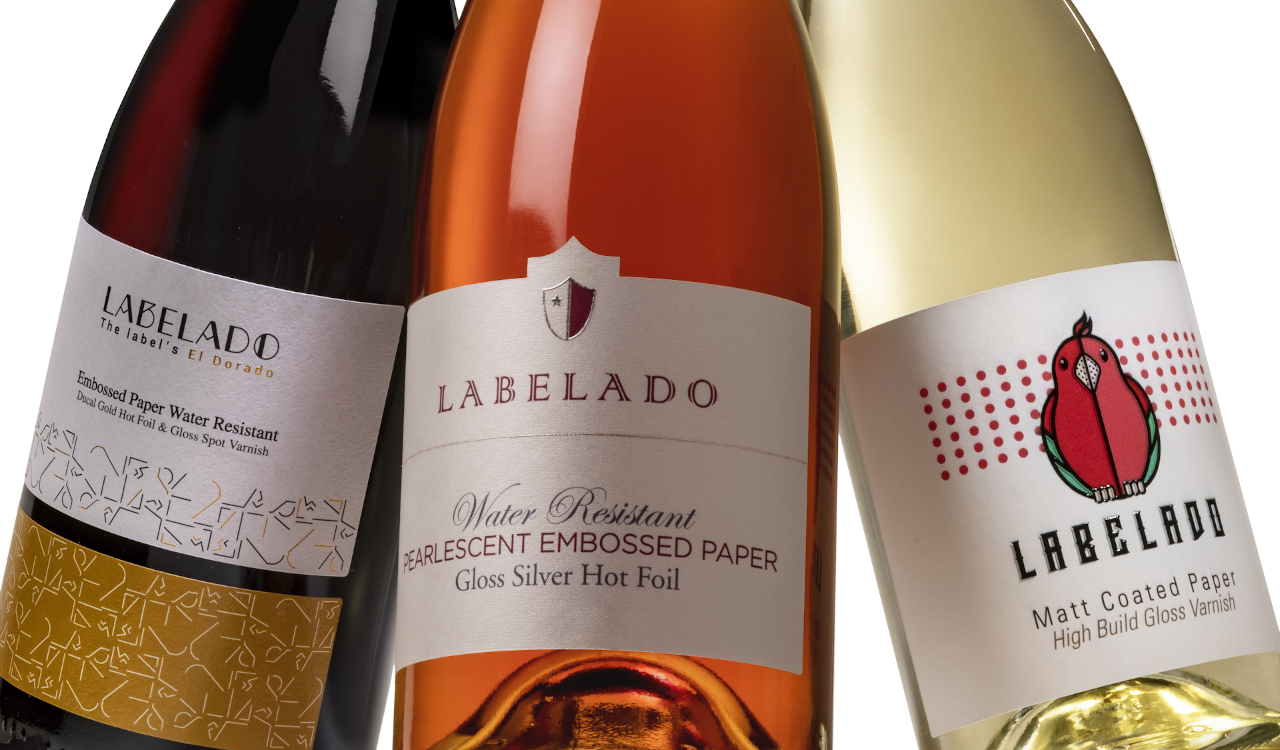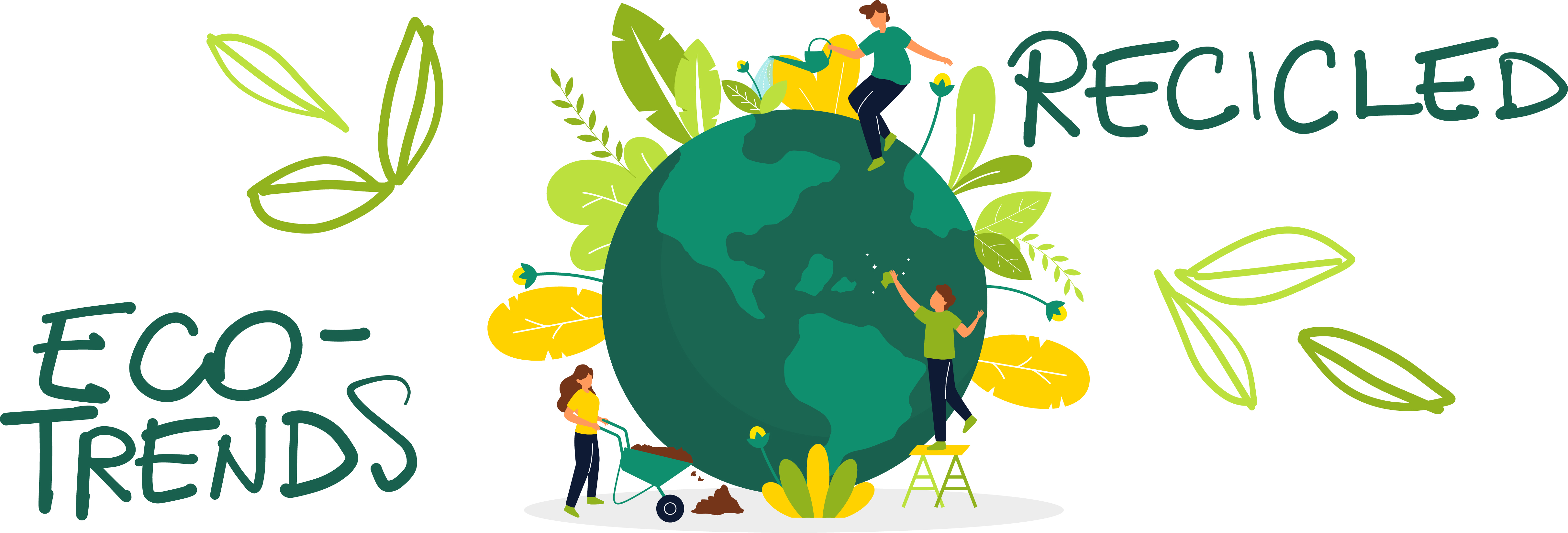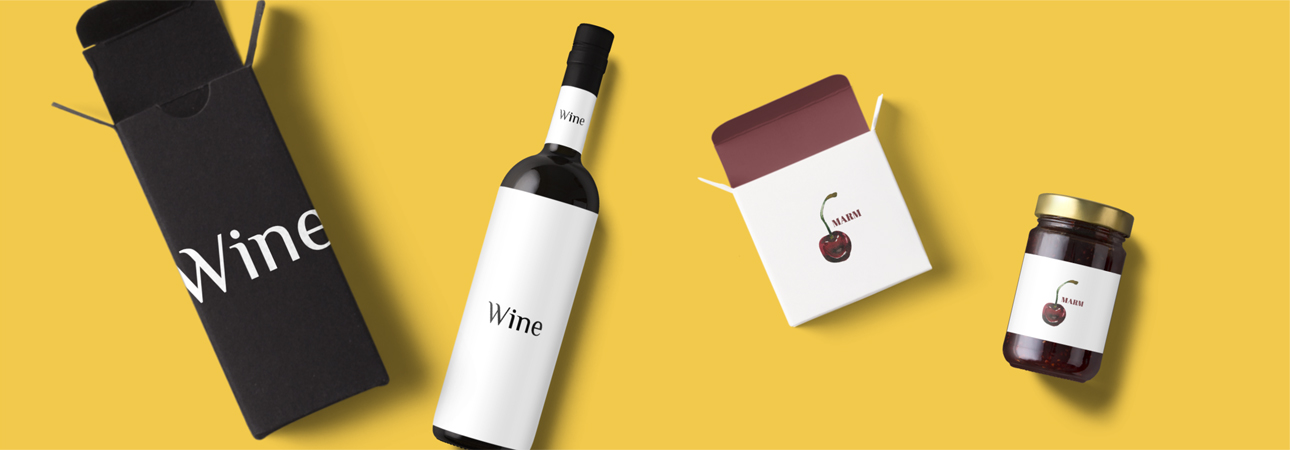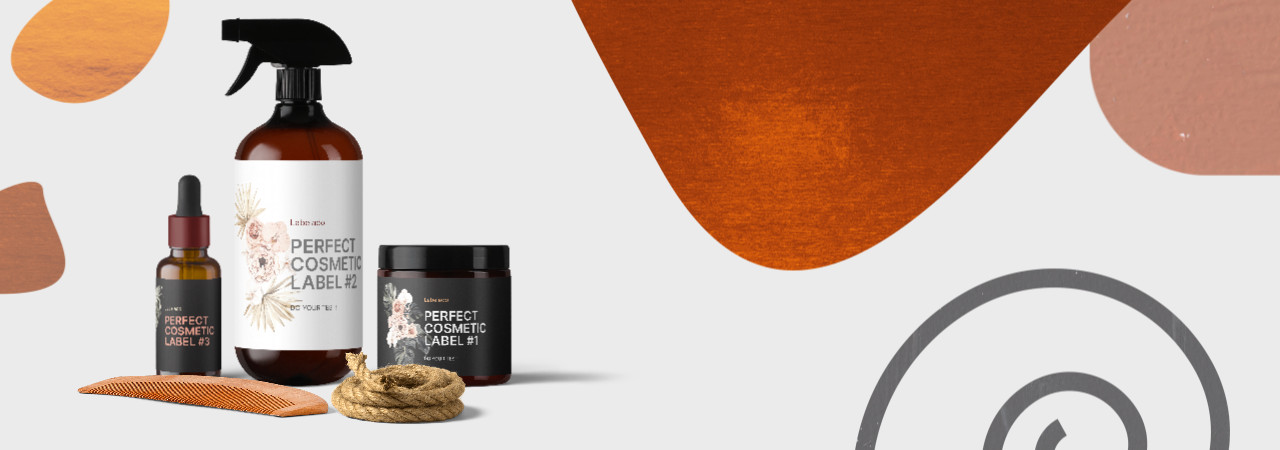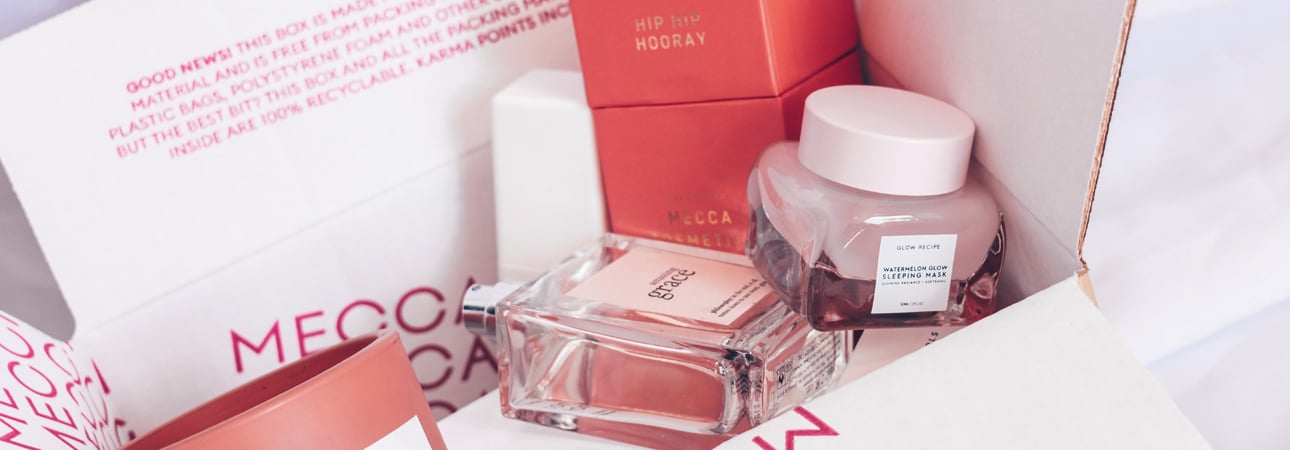Did you like the article? Share it!
Inclusive Packaging: making the product more accessible
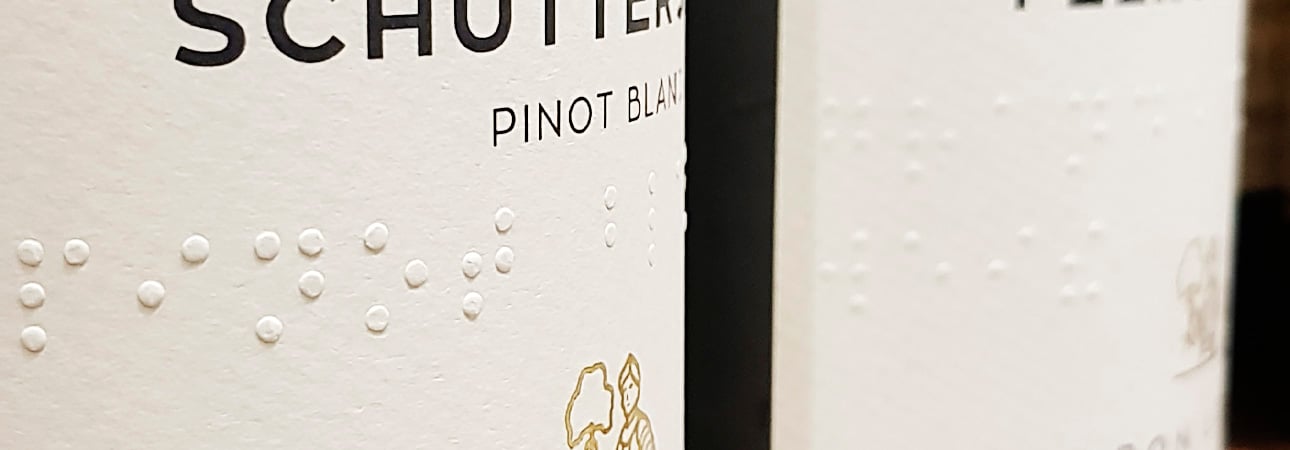
Interactive packaging is designed to excite and involve the consumer. The user's curiosity is stimulated and takes the form of the ability to "entertain" the customer and invite him to interact actively with the packaging. But if the interaction occurs more out of necessity than out of a will? Today we talk about inclusive packaging!
In a previous article, we introduced Interactive Packaging. Still, today we want to talk about Inclusive Packaging, a type of interactive packaging in which interaction is "required" directly from the consumer whose disability prevents him from accessing the product in any other way.
Inclusive Packaging refers to all those packages designed for people with disabilities and whose goal is to make the product more accessible. For people with disabilities, even everyday objects can have pitfalls that make the most straightforward actions difficult, such as distinguishing products on a shelf or reading the information on a package. Packaging Design must consider the needs of those people with disabilities to facilitate them as much as possible.
Many brands and designers have designed inclusive packaging, understanding the need to create simple experiences for all consumers, regardless of users' motor, sensory, and cognitive skills. Packaging must be an access door to the product, not an obstacle and therefore must be accessible. Fortunately, the design of packaging accessible to blind or visually impaired people is a growing phenomenon, and more and more companies are working in this direction.
But how is it possible to create inclusive packaging and make products recognisable to everyone? Let's see how some little tricks help us in this.
Embossed printing and QR codes
Blind people rely on the other senses in their possession to interact with the world. The only way they have to recognise things, objects or people is to hear or touch them. The same is true when it comes to receiving information from packaging. For this reason, the most used tricks to make the shopping experience more complete and accessible are two: embossed printing and audio messages from QR codes.
The use of embossed printing allows you to easily distinguish the products, the raised lines, reproduce a particular alphabet of dots called "Braille", a tactile writing and reading system used by blind and visually impaired people, which dates back to the early nineteenth century. Thanks to the use of this alphabet, the consumer can, through touch, distinguish one product from another and collect some information related to it.
Likewise, the QR codes, also embossed to recognise them, once scanned, reproduce an audio message that provides additional information, such as product description, list of ingredients and instructions for use or refers to an audio downloadable from a smartphone, which some have defined as a “ narrative label”. This method allows people with disabilities to receive all the information he needs, which otherwise he would not receive.
Braille Alphabet
It includes symbols from 1 to 6 points specially positioned in a perfect rectangle of 3 points in height and 2 in length, within a space corresponding to that of the tip of the index finger.
From the point of view of printing, they are reproduced through a specific screen printing frame to ensure that the right amount of paint is released to obtain a uniform relief, a fundamental requirement for correct legibility. Embossing can occur both on the label and directions on the package, even if the label has more chance of deteriorating or detached.
Over time, the world of packaging has proved sensitive to creating accessible packaging, and many brands have introduced "braille" on their products. However, the problem remains with all that information printed directly on the packaging, such as expiration dates, for example. A British start-up has created labels that deteriorate once the expiration date has passed to overcome this problem. The label functions as a tactile warning: if it appears solid and smooth, the product is still valid; otherwise, if it seems soft and irregular, it has expired. The customer can, even here through touch, understand when the product is no longer usable.
There is also an " Ethical Packaging Charter" published in 2015, which states that packaging must be accessible, that is, capable of offering itself easily and intuitively to those who use it, and must be able to communicate "effectively even to the weakest subjects and regardless of the sensory abilities of the users."
I hope you enjoyed this article! If you are interested in other curiosities about the world of packaging, here are other exciting ideas on the subject!
Next

